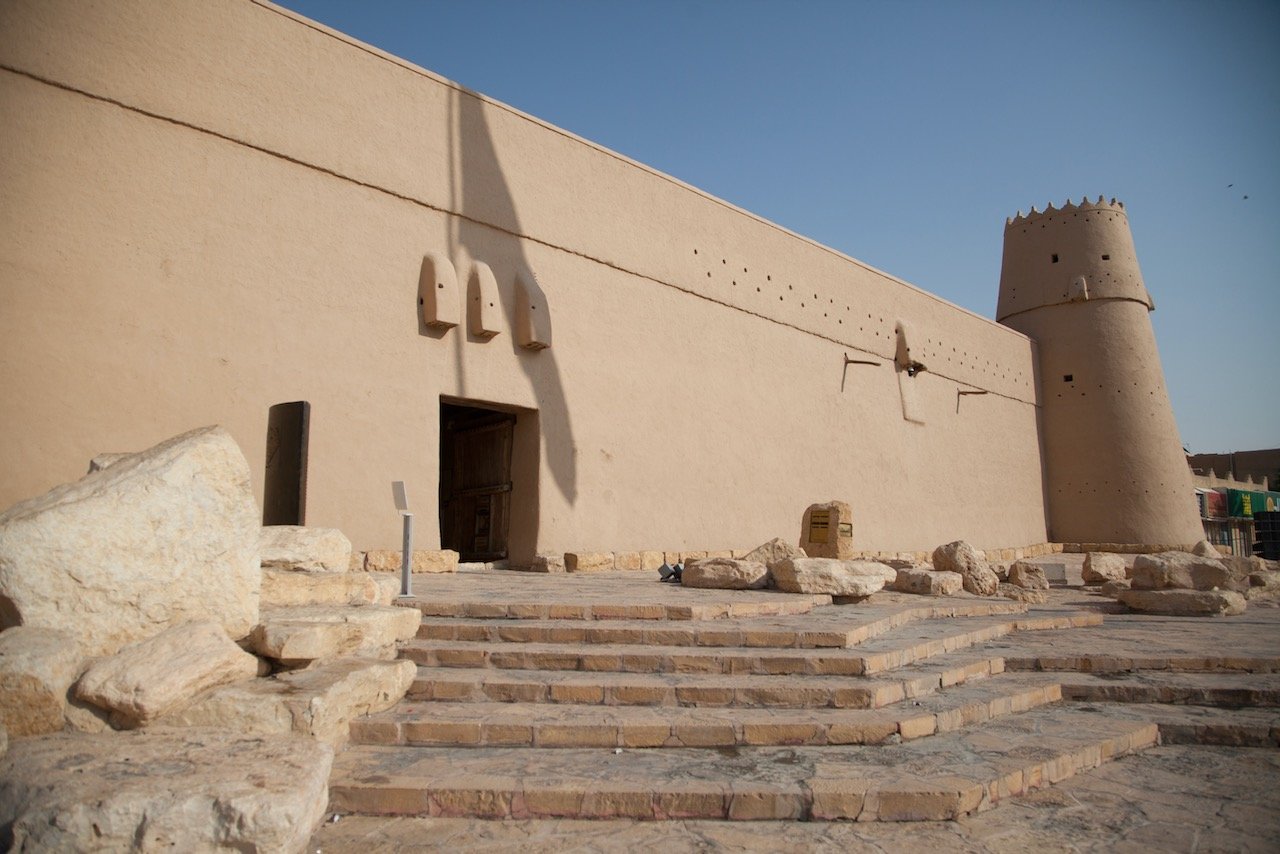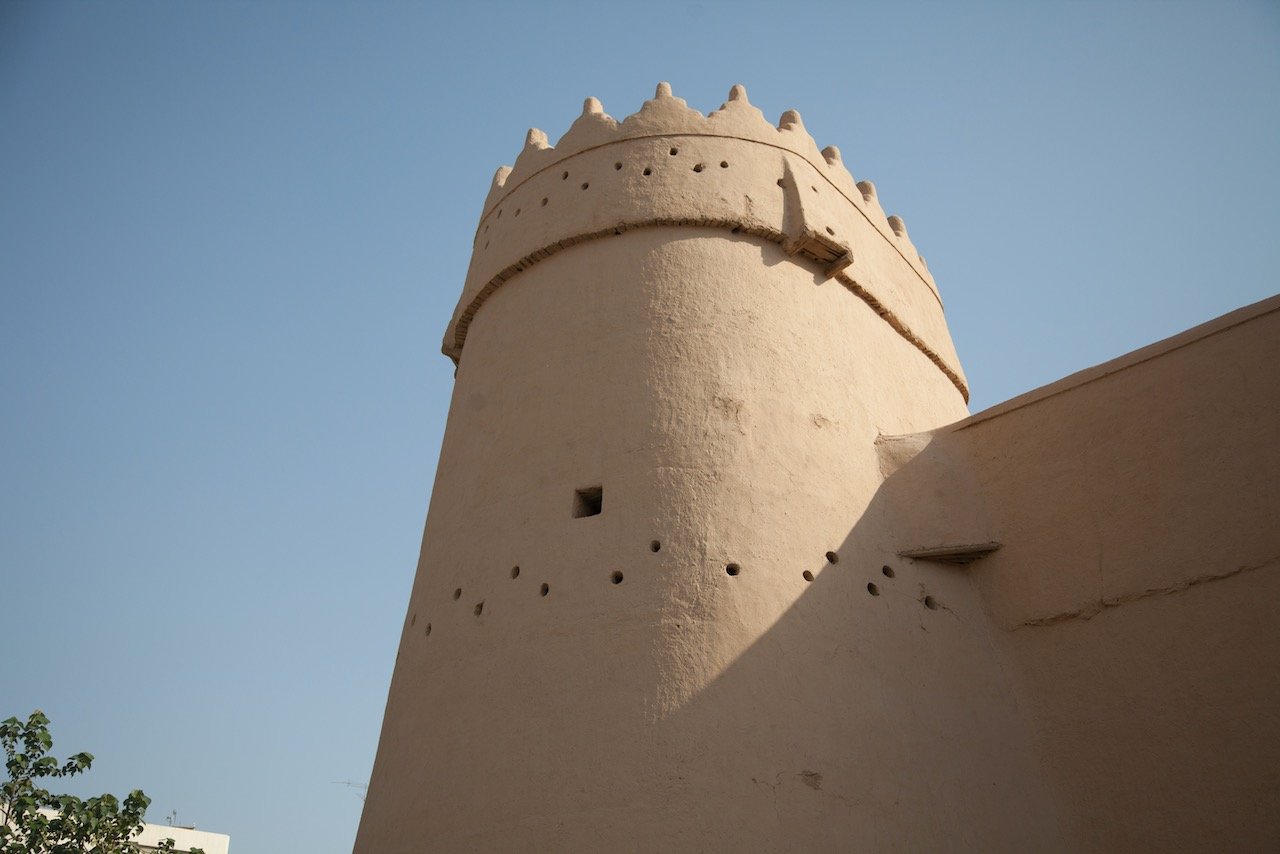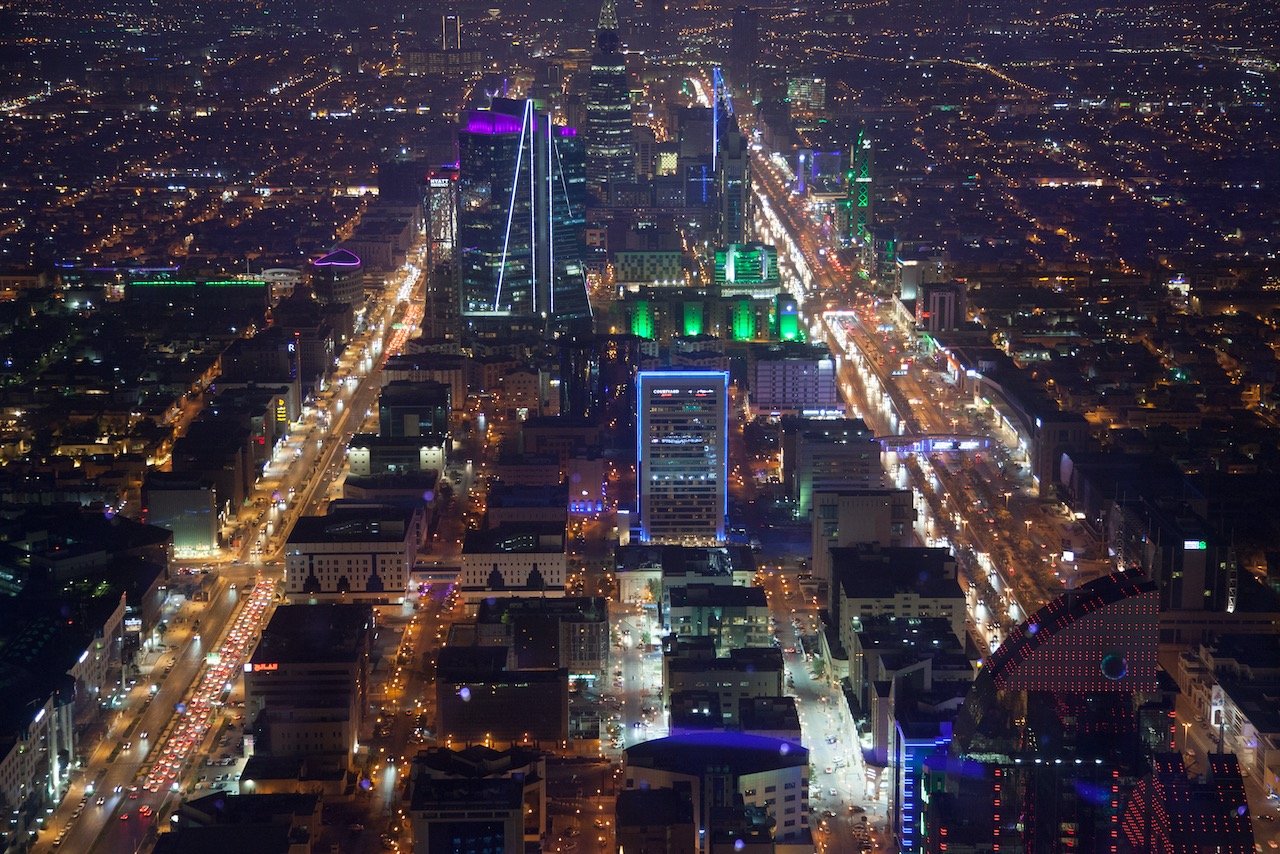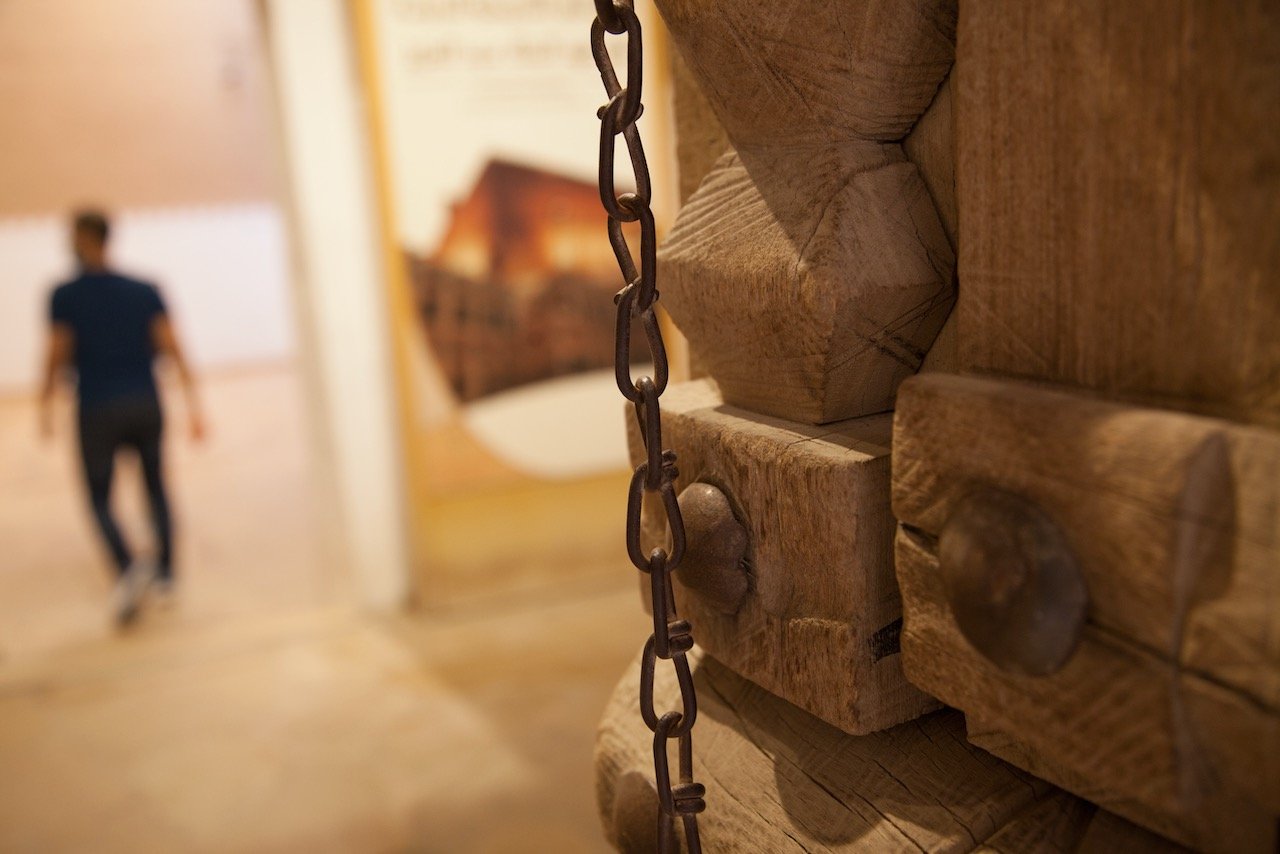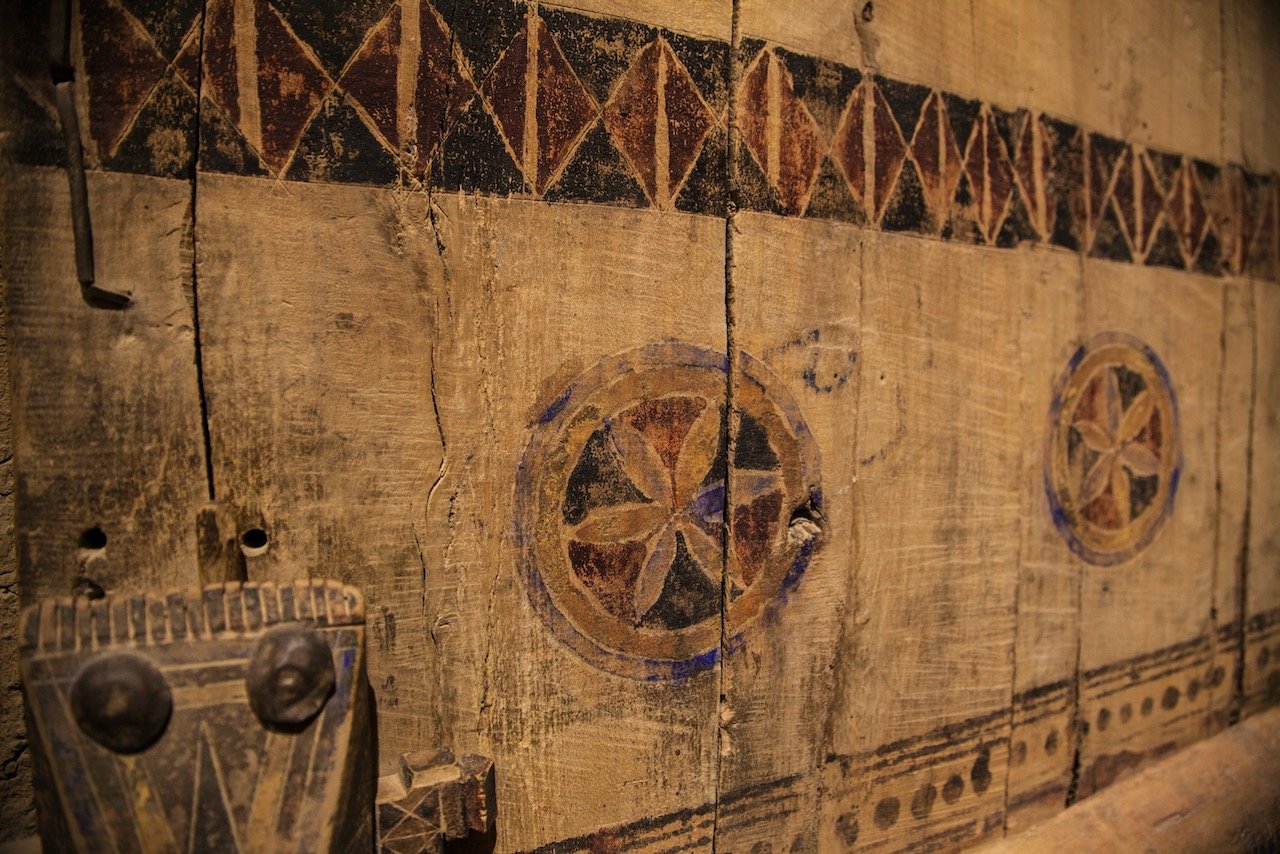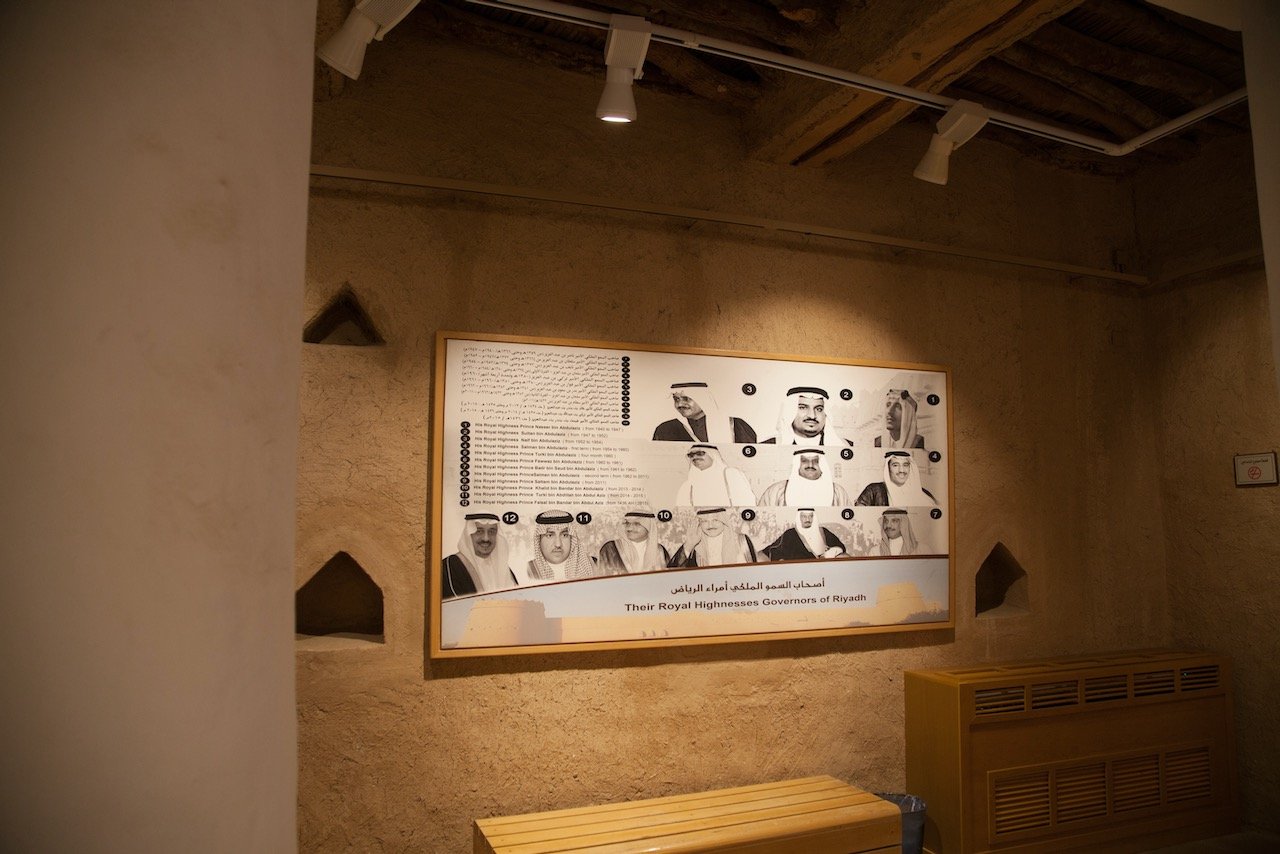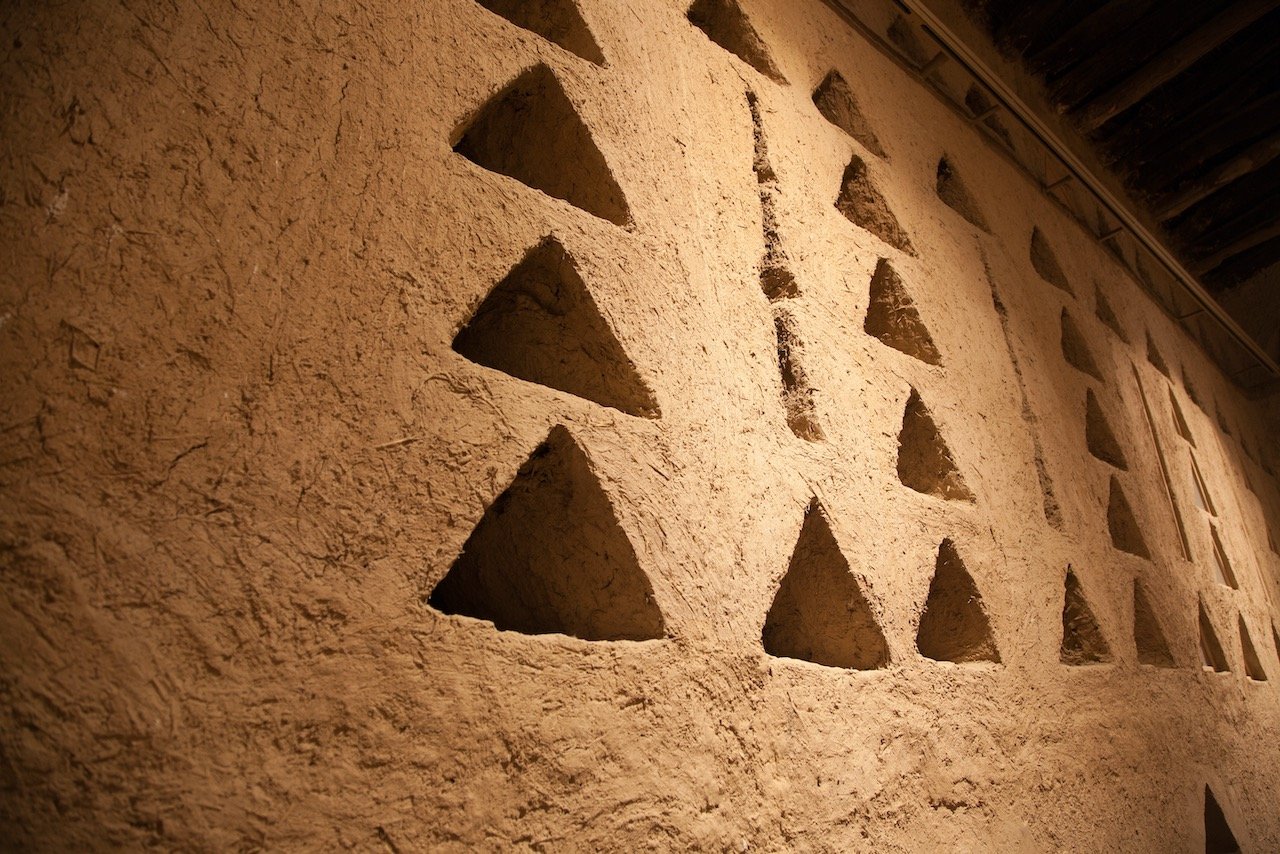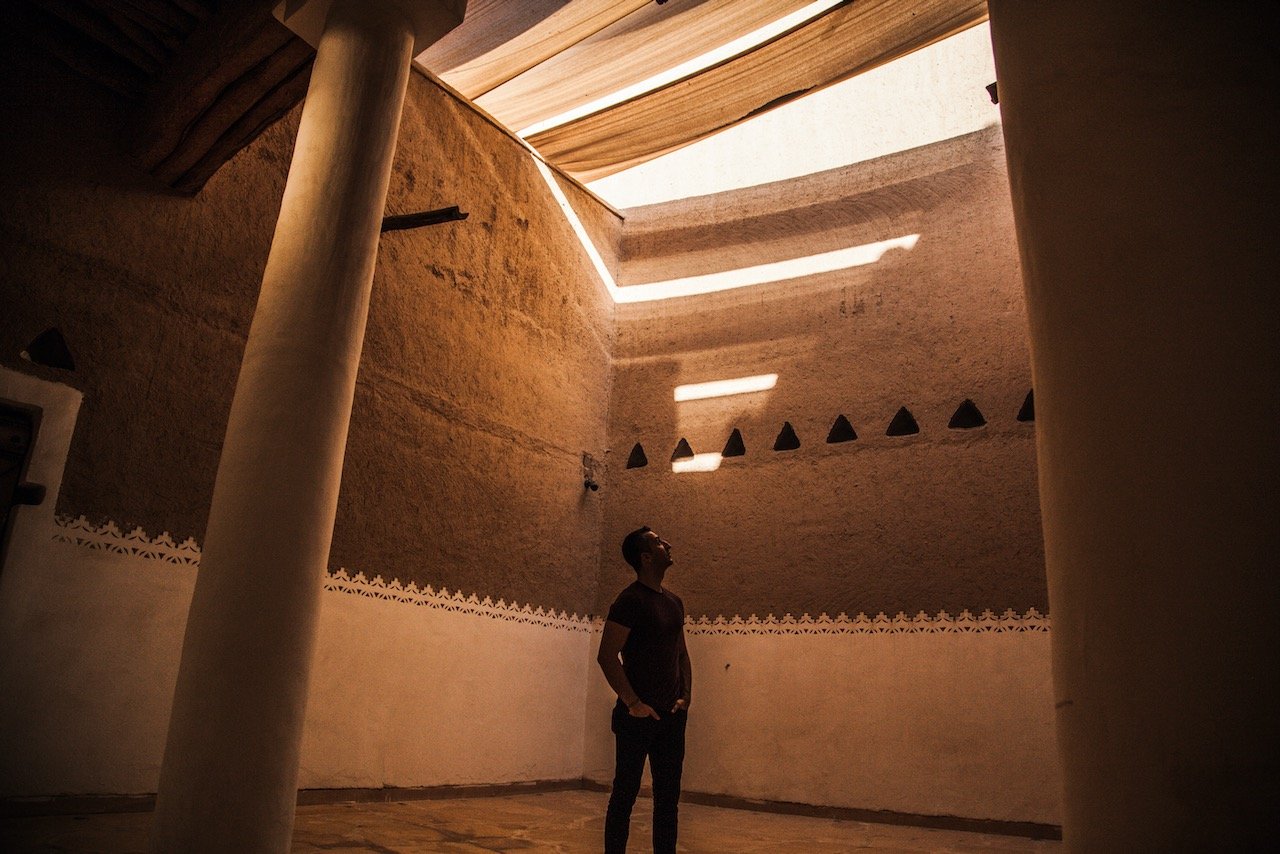A look at the Saudi Arabian capital of Riyadh (Riad)
(Some links in this post are affiliate links. If you click through and take action, I'll be compensated.) If you are also interested in any PRINTS from any of my posts, be sure to check out my store where you can buy prints as posters, in metal/wooden frames or on canvas.
Riyadh (or Riad) is the capital of Saudi Arabia in the Middle East. It is home to nearly 8 million people and receives nearly 5 millions tourists a year, though recent government efforts aim to dramatically increase that number. It is the largest city in the Arabian peninsula and the political and administrative center of Saudi.
The Saudi government intends to attract foreign investment and more tourism to Riyadh specifically, in an effort to rival that of Dubai (so I am told by my Saudi friends).
After arriving into Bahrain by plane, we took the King Fahd causeway to enter the Kingdom and stayed in the city of Al Khobar. From here we drove to Riyadh which took about 3-4 hours. The road to get here was well…a bit boring but pretty cool in a way.
The sand dunes and the hazy sun provided a really neat, Mars-like, Bladerunner 2049 feel to it. If you have never been in a desert, you may realize just how cool of a landscape it is. We even stopped along the road to take in the view because it was just so cool to see with the city backdrop in the distance.
The driving in Riyadh can be hectic but a keen sense of awareness and caution will get you through unscathed. We stayed a few kilometers south of the Kingdom Center (the most recognizable landmark in the Kingdom of Saudi Arabia) and found it to be decently affordable.
My first experience impressions of the city were this:
The city itself is quite large and public transport is still being constructed, so a taxi or Uber is the most recommended way to get around.
Riyadh is very much a NIGHT city; there are many events that happen after the sun goes down into the early morning hours. This is also probably because due to the very high temperatures in the summer, no one goes outside during peak heat.
Riyadh is very similar to Dubai with regards to flashy brands and trendy shops. You can find luxury shopping malls everywhere, usually next to luxury car dealerships.
There are numerous historical sites in Riyadh which deserve to be seen, however the tourism sector in my opinion isn’t ready to well…accept tourists. Just the sight of my DSLR prohibited us entry into some of the historical areas. I am perhaps naïve with regards to privacy concerns Saudis must have.
With all the construction and investment actually pouring into the city, it could very well become the next Dubai. Everywhere you look there are grand plans in motion and I am curious to see how the city defines itself beyond 2022.
With that said, I did manage to see some cool parts of Riyadh with my Saudi friend Ammar and it did not disappoint.
The first and most obvious stop in our stay was to the Kingdom Center. This 99 story, 302 meter tall building was the tallest in the Kingdom at the time. It actually reminds me of the Burj Khalifa in Dubai, though obviously pales in comparison in terms of scale. I feel this way because the Kingdom Center also has a shopping mall at its base and to access the skybridge, one must take a number of elevator trips to get to the viewing point.
There is a small fee to access this viewing point and although I have only seen the surroundings at night, I imagine they are equally as impressive during the day. This was also a place where after taking a few photos, they asked me to put my DSLR camera away. I found this very strange seeing as how this was a very obvious tourist attraction and photography is most likely what people would do up there. Nonetheless, I was happy with the photos I got before this exchange.
Tuwaiq Palace is located in the west part of Riyadh and sits among numerous embassies. Since 1985, it is the site of a variety of government functions, receptions, and festivals, and has been a recipient of many design awards (Specifically the Aga Khan Award for Architecture in 1998). The palace overlooks Wadi Hanifeh and features a nearly kilometer long ‘living wall’ and a series of tent-like structures spread out. What people (and myself) really love about this space is the delicate balance of the material used in its construction (traditional and modern) and its location within the desert landscape, just on the edge of Riyadh.
One of the tents specifically is composed of 2000 colorful tiles that are strewn together in a minimalistic fashion, and the material themselves are ‘smart’ in nature: the use of a Teflon coated woven fabrics for the tent canopy to reflect sunlight in the summer months and another layer of Teflon-coated materials as further shield for sun glare which also hides the mesh structure of the entire tent system.
Al Murabba Palace (Qasr al Murabba), meaning ‘The Square’ in Arabic, was the former home of King Abdul Aziz, who is the founder of modern Saudi Arabia. He is like the George Washington of Saudi. The palace was built in a traditional Najdean style, whereby the buildings outer walls are arranged as to allow a courtyard in the middle of the structure.
There are several gardens on the property as well in addition to a museum inside with varies relics and personal effects belonging to King Abdulaziz, and photographs of the statesman in his time. It is very easy to see just how important this palace is in Saudi history and a visit to it should not be missed. On some days, the Palace also hosts events that are open to the public ranging from a high end restaurant expos to charitable causes.

